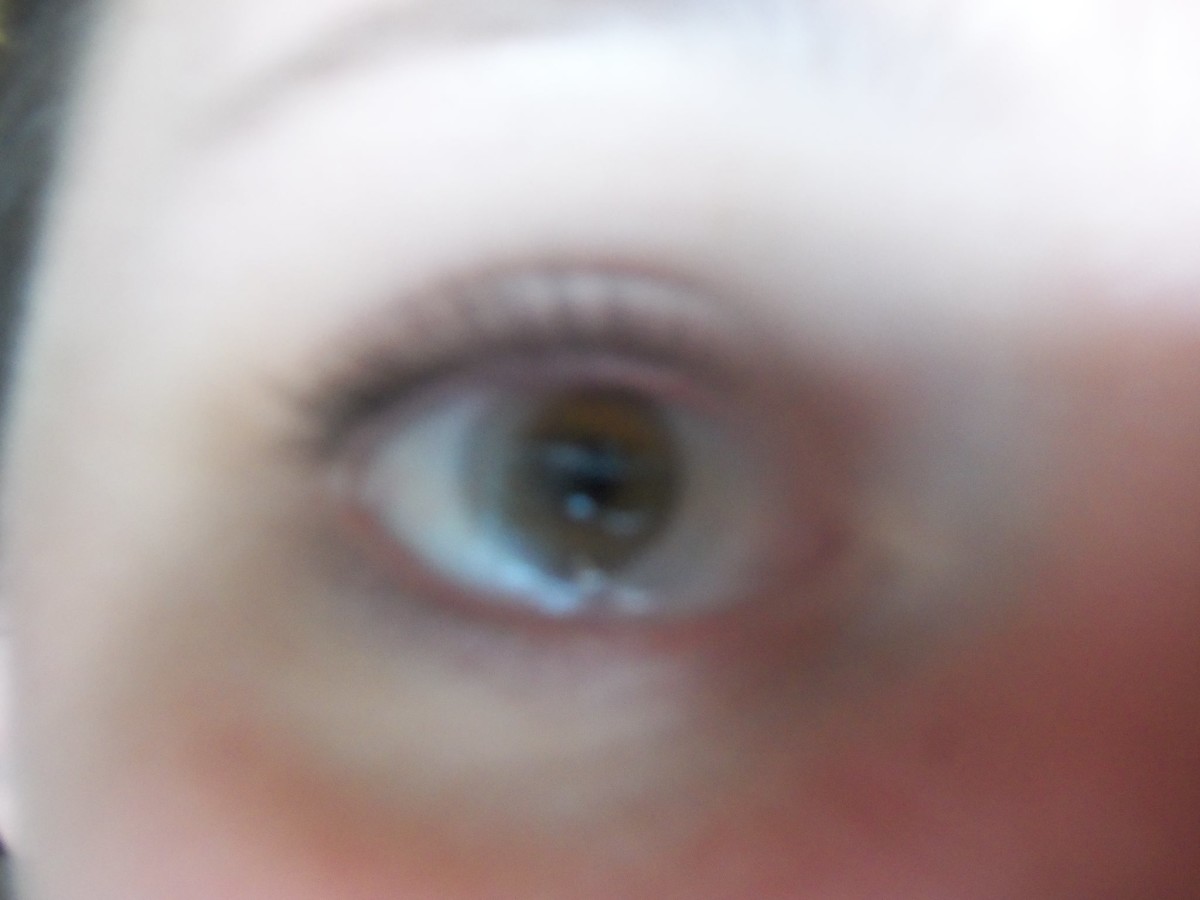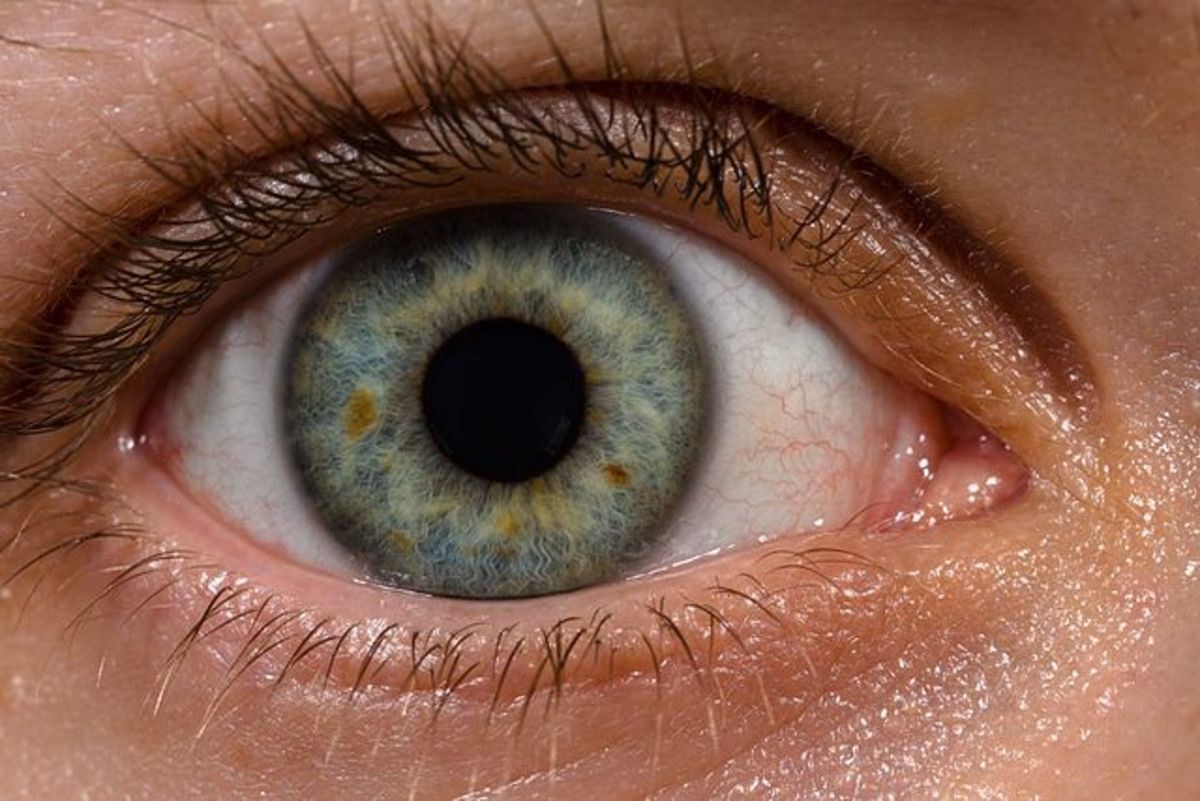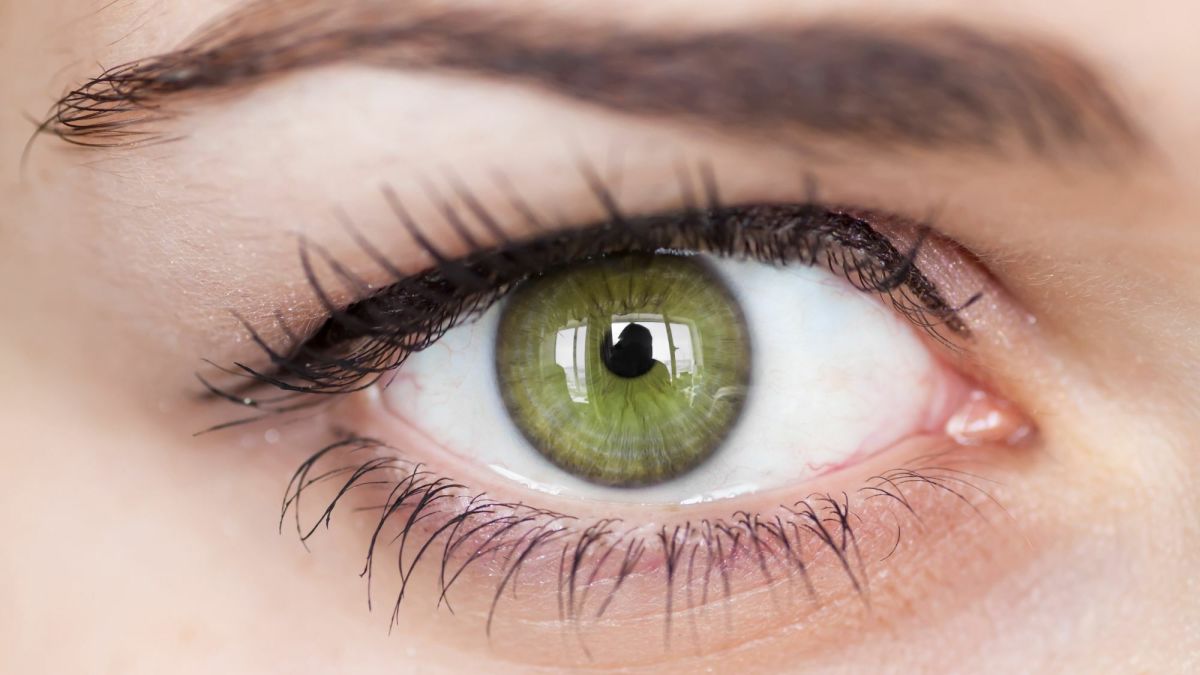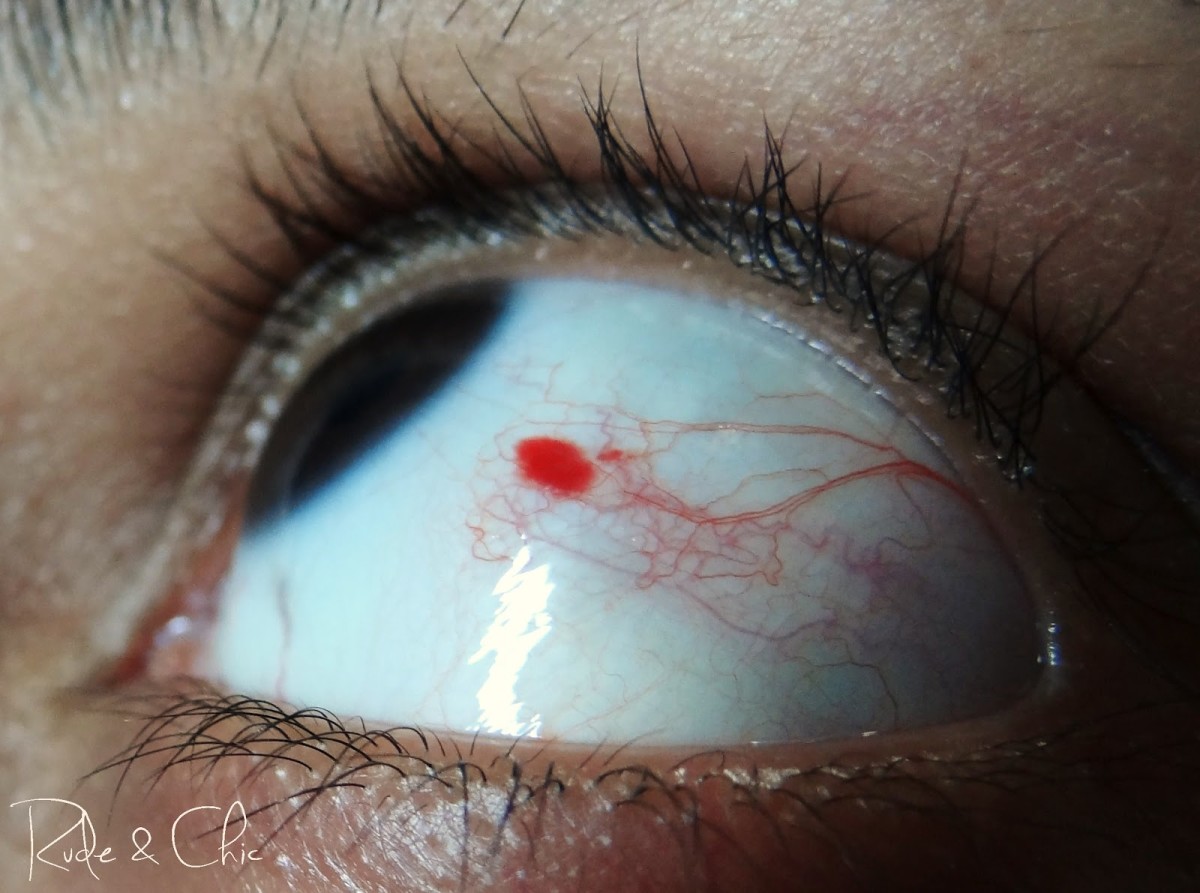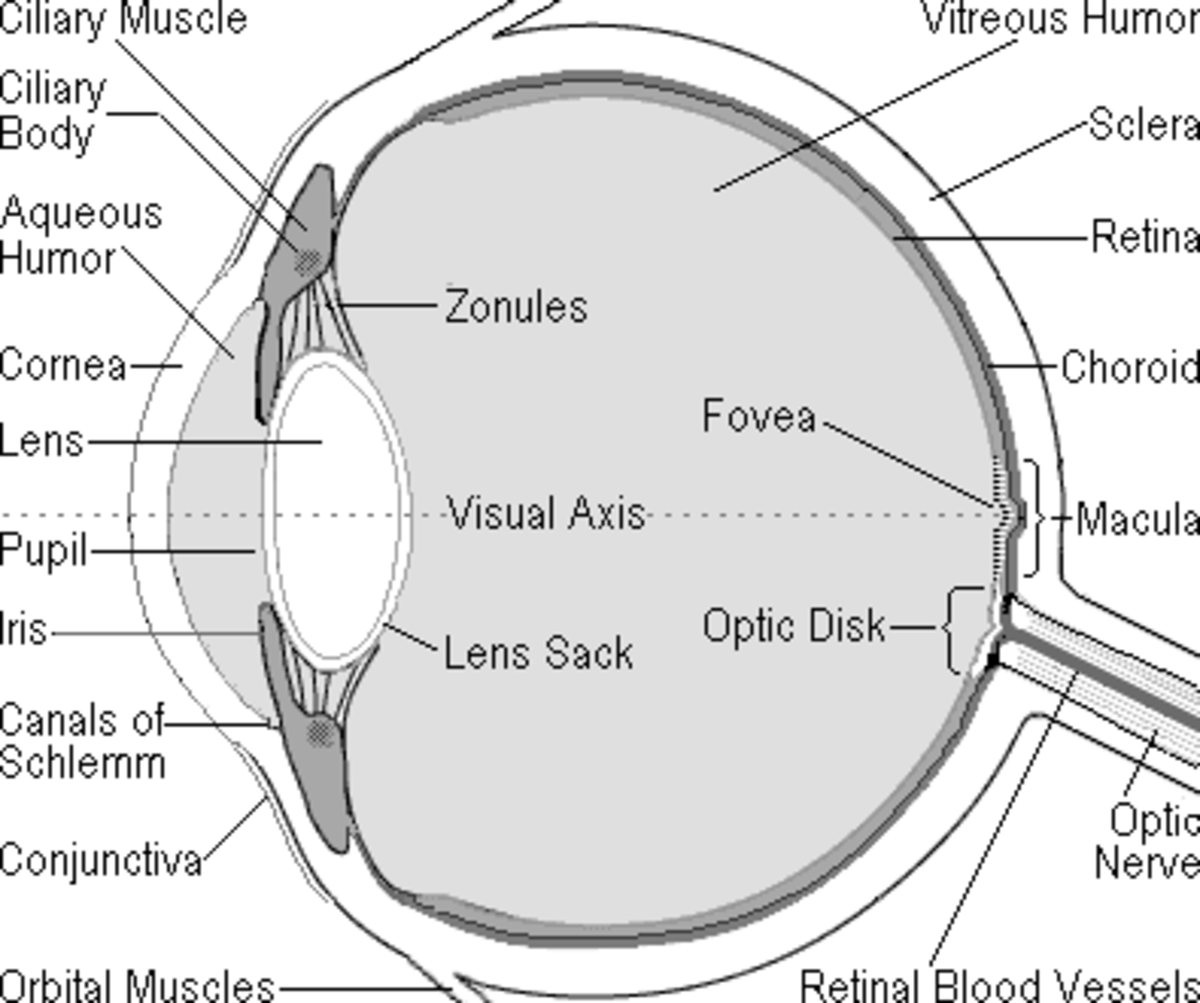From 20-200 to 20-20 vision for almost no money.

This method is banned in New York
This article is not a recommendation, it is just my personal journey.
It began when I met a woman in Arizona who taught people to throw away their glasses.the improvements
Donna showed me a series of eye relaxation exercises that I used for the next few years, that gradually weakened my glasses prescription until I realized that I saw better without glasses than with them. I'll tell what these exercises are in this article.the improvements
They are based on the Bates method, which was developed about 100 years ago. There is a tremendous amount of data about this to be found online. Other researchers have made further improvements.
Along the way, I did some more reading, and learned that distorted vision is caused by muscle strain in the muscles that affect the position and shape of the eyeball. Extensive testing was done to discover and demonstrate that when these muscles are relaxed, vision is effortless and perfect near and far.
Ophthalmologists are taught the lie that it is distortions in the lens of the eye that cause changes and distortions in vision. It is the justification for saddling children with glasses and condemning them to a life of ever stronger glasses and worsening vision.
This lie is so lucrative, that its practitioners lobbied politicians in the state of New York to ban the Bates method. To this day, it is illegal to practice it there!
I had been near-sighted and wearing glasses for 45 years, and my glasses prescription had gone up to a lens strength of -2.0. Lens strengths are measured in dioptres.
Since I did not want the expense to going to eye doctors every time I needed a weaker prescription, I worked out a way to find my own prescription. The strength of the lens needed to correct vision to 20-20, (or in mine and many others' cases, 20-15) is determined by the focal length of the eye in a relaxed state - before greater relaxation is attained.
Using small print, and placing it at a distance from my eye, I was able to measure the greatest distance that I could read without blurring. By measuring the distance from the eyeball to the paper, I got the focal length of each eye. This only works to get the degree of near sightedness. I ignored the small component of astigmatism.
The formula to get the dioptre strength of the lens needed for correction is to take the focal length of the near-sighted eye, and convert it to meters or fraction of a meter. then, divide it into 1. For example, when the furthest distance I could read without blurring was 26 inches, I converted that to meters: 0.66 meters.
Taking the inverse of that ( 1 divided by .66) gave me a lens strength of -1.515 dioptres. Lenses are dispensed in increments of .25 dioptres. Since I wanted to leave room for improvement in my vision, I opted for the lens on the weaker side of my correction need. That was -1.5 dioptres.
Most opticians will not sell you glasses without a written doctor's prescription, so I went online to find my glasses. There are many websites where you can buy glasses. The one I used was 39dollarglasses.com. Once I had the glasses, I could take them to an optician to get nicer frames.
Soon after my lens prescriptions were below 1 dioptre, I discovered that I could see better without the distortion of wearing glasses, even at night. So I stopped wearing them. The restriction had already been removed from my drivers license.
After that, the improvements continued. The stars at night changed from blurs to pinpoints of light, and street signs got easier to read at greater distances. The local Costco has eye charts outside the restrooms, so I can estimate 20 feet and measure my progress.
The exercises I used were:
1. Palming - covering my eyes with my palms to exclude all light, and just relaxing.
2. Focus very close, looking at my watch a few inches in front of my face, and then focusing far away - I would imagine that I could see a city a few thousand miles away. Alternating close and far a few times got results. I could do this anytime, such as while waiting at a red traffic light before it changed, or waiting for food to be delivered in a restaurant.
3. Looking at a sign, and following the outline of the letters by moving my head, not my eyes.
4. I also did sungazing, but do not recommend it because, when overdone, it might leave a mark on the retina.
That is what worked for me. There are other exercises that are easy to find online. Don't continue to harm your vision by wearing glasses any longer than you need to.
My spiritual journey from mild depression to living in a state of intense joy and aliveness is described at FreedomWizard.com


